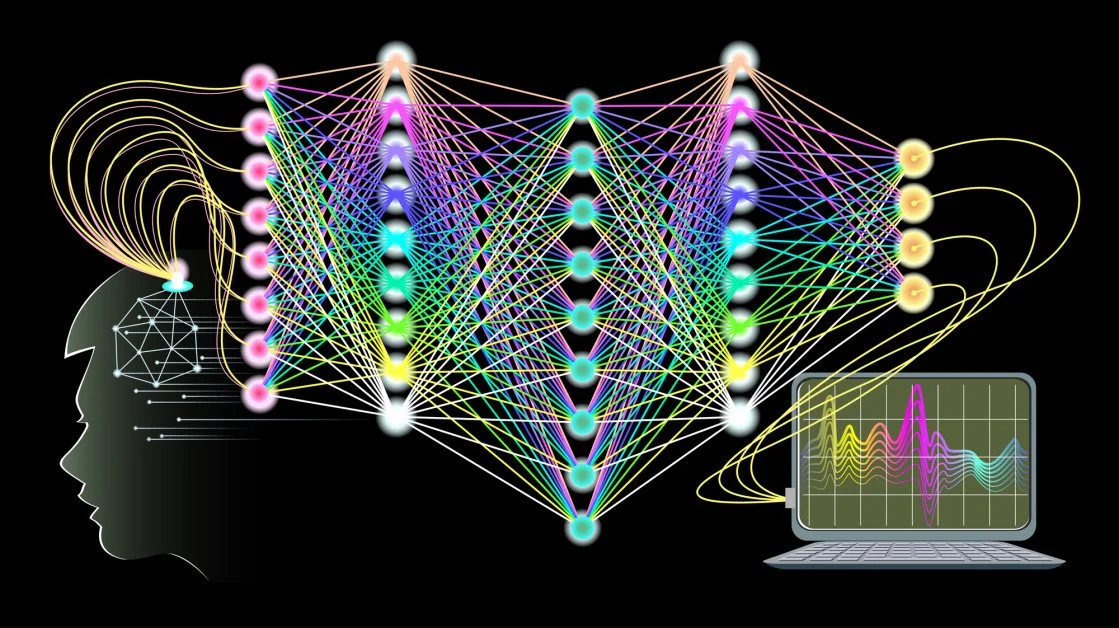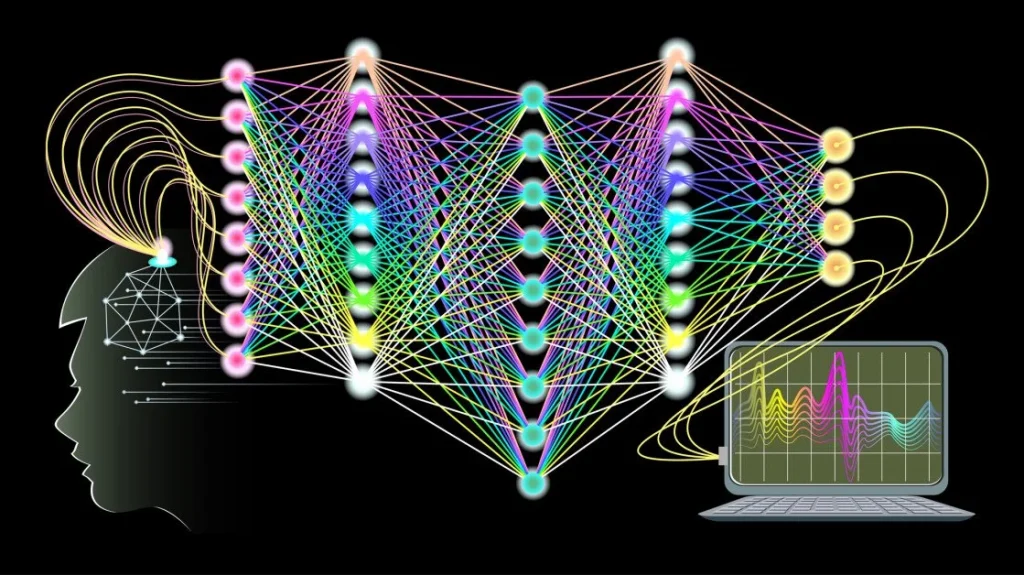Neural networks, a subfield of artificial intelligence and machine learning, are designed to simulate the behavior of the human brain—albeit in a simplified form—to solve complex problems that are difficult for traditional computational approaches to handle effectively. The foundational elements of neural networks make them crucial tools in several applications, ranging from image and voice recognition to sophisticated data analysis tasks.
Basics of Neural Networks
At its core, a neural network is comprised of layers of interconnected nodes or ‘neurons’, each designed to perform specific computations. The structure of a neural network typically includes an input layer, one or more hidden layers, and an output layer. The connections between nodes—often called edges—carry the signal from one neuron to another, and each connection has a weight that modifies the signal. A major part of training neural networks involves adjusting these weights based on the given input-output pairs.
Activation Functions
To enable neural networks to model complex, non-linear phenomena, activation functions are employed in the nodes of hidden and output layers. Functions such as the sigmoid, hyperbolic tangent, and ReLU (Rectified Linear Unit) serve to introduce non-linear properties into the network, which are crucial for learning sophisticated patterns in data.
Training Neural Networks
Training a neural network involves feeding it with data, allowing it to make predictions (‘forward propagation’), comparing those predictions against the actual outcomes (‘loss calculation’), and adjusting the weights to improve future predictions (‘backpropagation’). This iterative process typically continues until the network achieves a satisfactory level of accuracy or meets other predefined performance criteria.
Types of Neural Networks
- Feedforward Neural Networks: The simplest type of neural network where connections between the nodes do not form cycles. This is used for basic prediction and classification tasks.
- Convolutional Neural Networks (CNNs): Particularly effective for processing structured grid data such as images, CNNs use convolution operations to capture spatial hierarchies in the data.
- Recurrent Neural Networks (RNNs): Designed to handle sequential data, such as spoken language or time-series data. RNNs have the unique feature of maintaining information in ‘memory’ over time.
- Autoencoders: Used for unsupervised learning tasks, such as dimensionality reduction or feature learning, autoencoders work by compressing the input into a latent-space representation, then reconstructing the output from this representation.
Applications of Neural Networks
Neural networks have revolutionized numerous fields by enabling new types of problem-solving capabilities, or enhancing existing ones to new levels of efficiency and accuracy.
Image and Speech Recognition
Neural networks are fundamental to modern computer vision, powering applications from photo tagging to advanced surveillance systems. Speech recognition systems employed in virtual assistants also rely heavily on neural networks to interpret and respond to human speech.
Natural Language Processing
In the realm of text, neural networks have enabled great advances in machine translation, sentiment analysis, and automatic summarization. Their ability to process and generate human-like text has been central to the development of technologies like chatbots and more intelligent user interfaces.
Medical Diagnostics
Neural networks are increasingly being utilized in healthcare for tasks such as diagnosing diseases from medical imagery or predicting patient outcomes. Their ability to identify patterns in complex datasets makes them powerful tools for medical professionals.
Financial Services
In finance, neural networks are used for predicting stock market trends, assessing creditworthiness, and automating risk management. These applications benefit from neural networks’ ability to analyze large volumes of data and identify subtle patterns and correlations.
Challenges and Future Directions
Despite their impressive capabilities, neural networks also present challenges, most notably in areas like data requirements, computational costs, and the interpretability of their decision-making processes. Future research is continuously addressing these issues, with approaches like Few-shot Learning, Transfer Learning, and advances in hardware that enhance neural networks’ efficiency and applicability to a broader range of tasks.
In conclusion, neural networks signify a profound shift in how data is analyzed and interpreted across multiple domains, illuminating patterns and suggesting answers that are otherwise beyond human reach. As we continue to refine these tools, their influence is only expected to grow, potentially reshaping our approach to AI and computational problem-solving.







